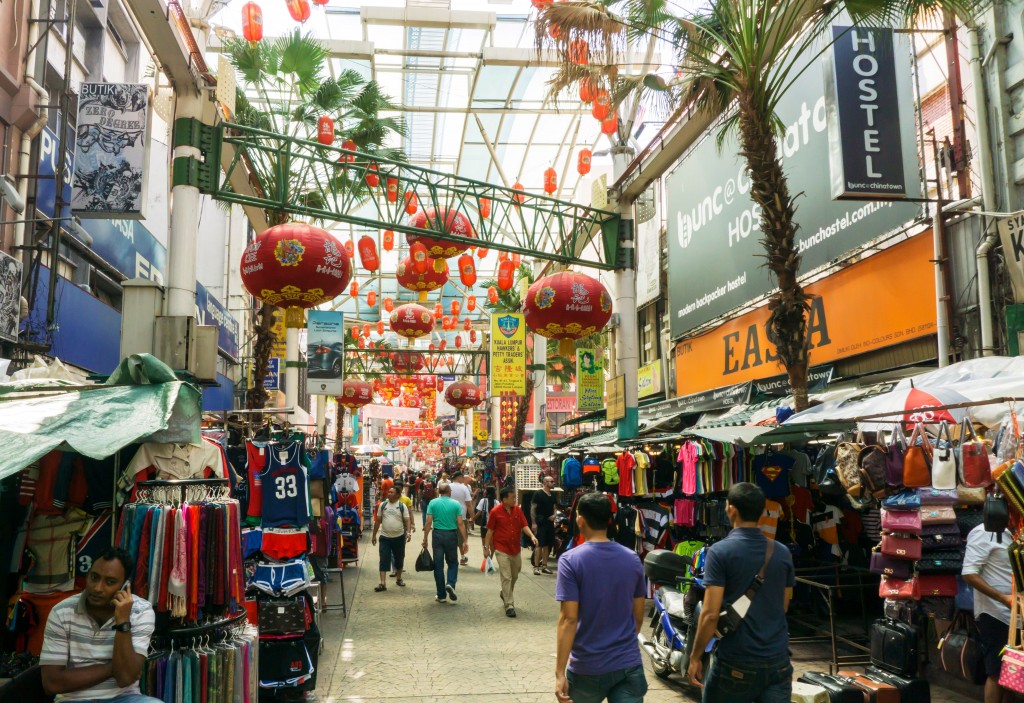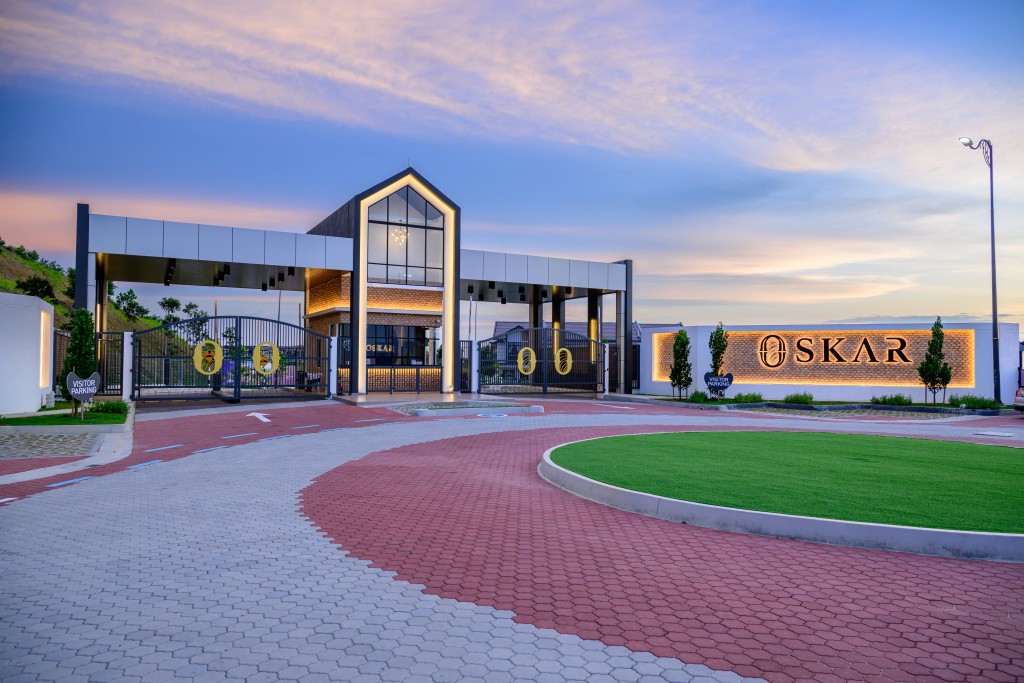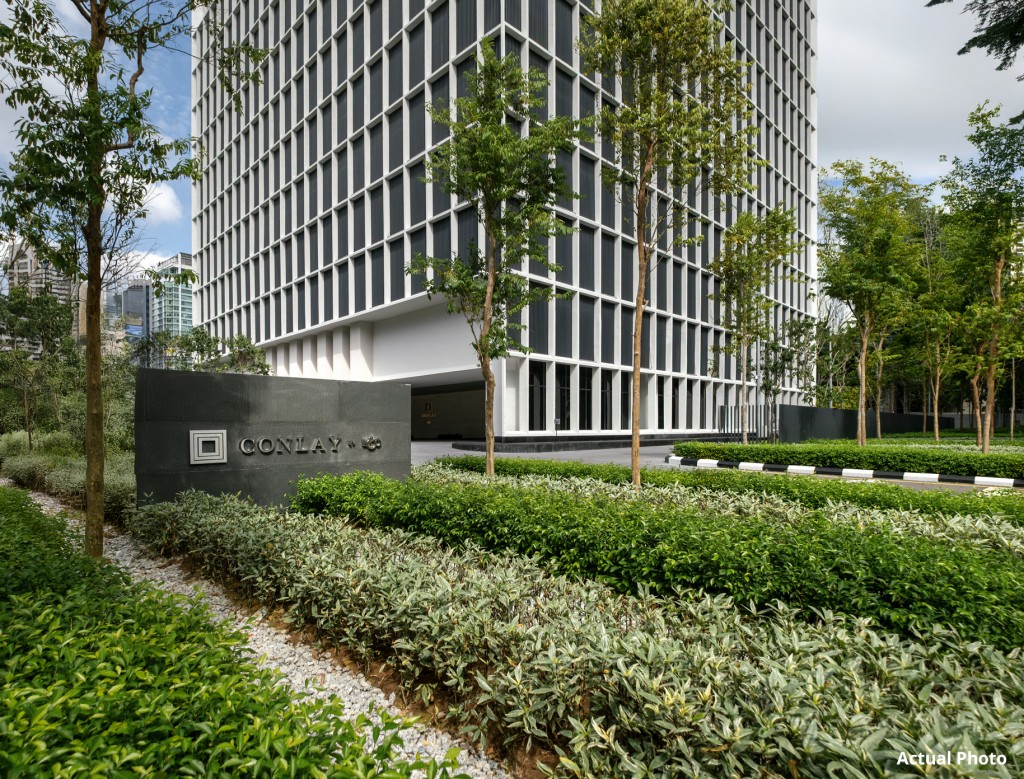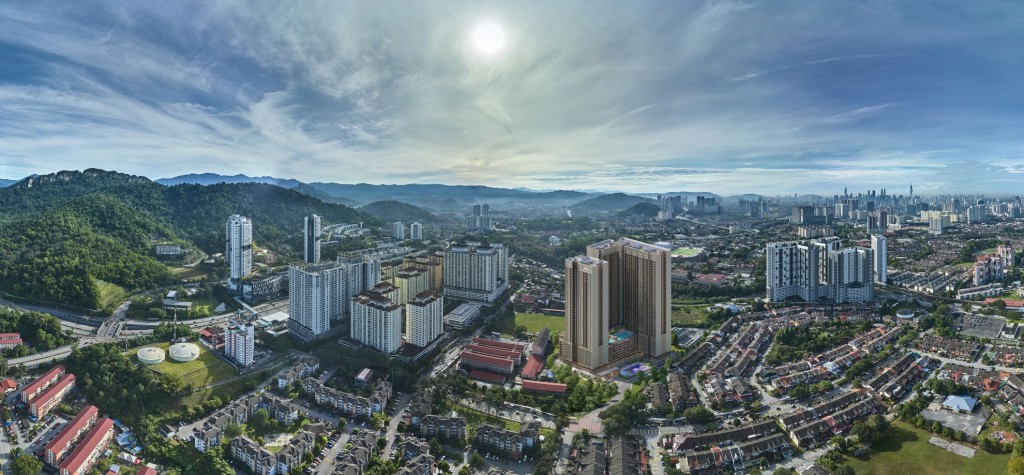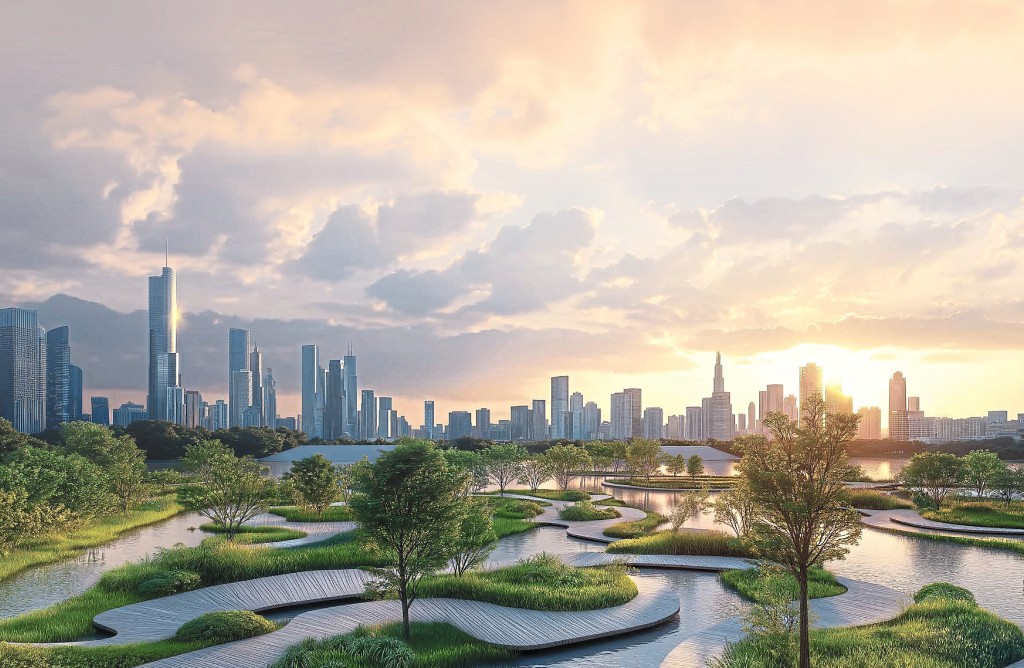By CAITLYN NG LI YUIN
Located close to the equator, Malaysia enjoys warm weather year-round, which results in some of the richest biodiversity just waiting to be explored.
AT over 330,000 sq km of land mass, Malaysia gives the impression of two countries that so happen to be separated in half by the South China Sea.
On one hand, the peninsula part boasts of bustling cities with steel-clad skyscrapers, well-preserved colonial architecture, expansive tea and paddy plantations, a variety of theme parks and laid-back islands.
On the other hand, the Borneo part (Sabah and Sarawak) is home to pristine jungles teeming with wildlife, towering granite peaks, remote tribes and magnificent diving sites.
With a strategic location and a year-round tropical climate, it should come as no surprise that Malaysia is one of the world's top holiday destinations. Nature buffs and thrill seekers are some of the people attracted to our country, having plenty of well-known and hidden natural gems to appeal to people of all ages.
With the sultry and humid weather that the locals enjoy, tourists will naturally flock to the many breathtaking islands dotted around the peninsula coastline. Some of these include Redang, Perhentian, Tioman, Pangkor and Rawa.
At any of these islands, one will be welcomed by the sight of powdery white beaches, crystal clear waters, and windswept palm trees.
Here is where there's plenty of opportunity to dive right into the warm waters and snorkel or scuba dive, allowing for swimmers to delight in the exploration of underwater seascapes.
The islands also make for fantastic spots to just enjoy an idyllic day, or for families to have some fun under the sun.
Back on the mainland, there is also something for those with a taste for adventure. The white water rafting activity can be experienced in the country's many beautiful national parks, from the tamer Grade 1 rapids to the incredibly difficult and dangerous Grade 5 rapids.
Some of the locations include Sungai Selangor and Kuala Kubu Baru in Selangor, Jeram Besu and Telom River in Pahang, as well as Kampar River and Sungkai River in Perak.
These national parks also host a vast number of exotic flora and fauna. Taman Negara is one of them, the first and oldest official Protected Area in the country.
It contains one of the oldest rainforests in the world (estimated to be 130 million years old), where the abundance and diversity of the rich ecosystem found here is astounding.
Another example of a national park that is very popular with scientific expeditions is the Endau Rompin National Park, second after Taman Negara. This park is also home to insects, unique orchid varieties, birds, medicinal plants and trees.
Mammals such as leaf monkeys, tapirs and elephants can be spotted too for those who choose to trek through the jungle. In order to keep the environment protected, ecotourism is only limited to certain areas of the park.
There is also the Putrajaya Wetlands, a wildlife sanctuary that functions as more than just an oasis of tranquillity in the heart of the administrative capital.
Filled with plenty of colourful flora and fauna, this site attracts people to birdwatching activities, as a number of species can be found here – local marshland birds, water birds and even some migratory types.
Let's not forget about Malaysia Borneo, where the splendour of Sabah and Sarawak's natural beauty is unmatched by any other part in the country.
In Sabah, the islands of Sipadan, Mabul and Layang could easily give other international islands a run for their money. For example, Sipadan Island was once described by Jacques Cousteau (a world-renowned oceanographer) as an 'untouched piece of art'.
Needless to say, the island has also been voted by divers around the world as one of the top five. The other two islands are no less oceanic havens that offer diverse marine life for macro-photography.
Of course, the crowning glory would be Mount Kinabalu, the towering granite peak that exerts a magical quality that is both magnificent and awe-inspiring.
Rising up to over 13,000 ft, Mount Kinabalu can now be ascended by both amateurs and professional mountaineers, thanks to the creation of a path that consists of a series of rungs, rails and cables.
Finally, we come to Sarawak, where adventure lives on in the vast wilderness. We begin at the Gunung Mulu National Park, Sarawak's largest national park and also Malaysia's first World Heritage Area, having been awarded the status in 2000.
This location is most famously known for three things: the world's largest natural chamber, Sarawak Chamber (capable of accommodating 40 Boeing 747 airplanes); the world's largest cave passage, Deer Cave (which can fit five cathedrals the size of St Paul's in London); and the longest cave in South-East Asia, Clearwater Cave.
One other natural attraction is the Bako National Park, the oldest in the state. Well-known for its extraordinary natural scenery, its most significant feature are the coves and cliffs, where magnificent sea arches and sea stacks have been carved out from the all the wave action and strong winds.
Bako is also home to some of the rarest proboscis monkeys, approximately numbering 275, which can only be found in Borneo. Apart from that, roaring waterfalls share a home with the incredible variety of plants and vegetation found at this perfect introduction point to Sarawak's forests and wildlife.
*For Chinese articles, download Property Trends at Google Play/iTunes, or subscribe to WeChat.
**Subscribe to StarProperty.my on Facebook for the latest updates.
***Want to contribute articles to StarProperty.my? Email editor@starproperty.my.








